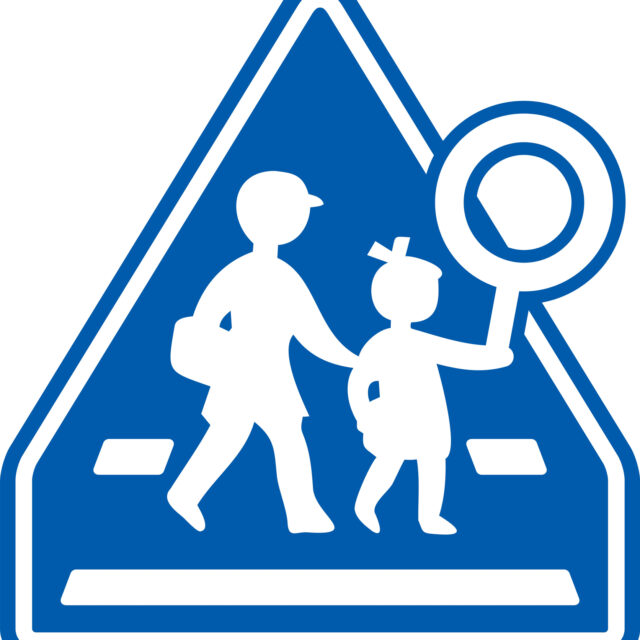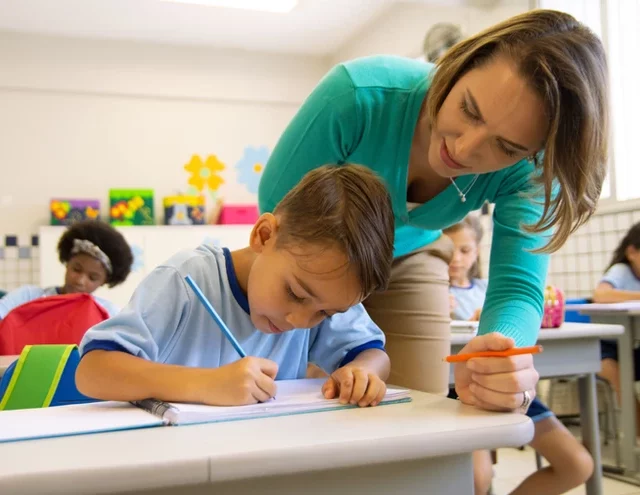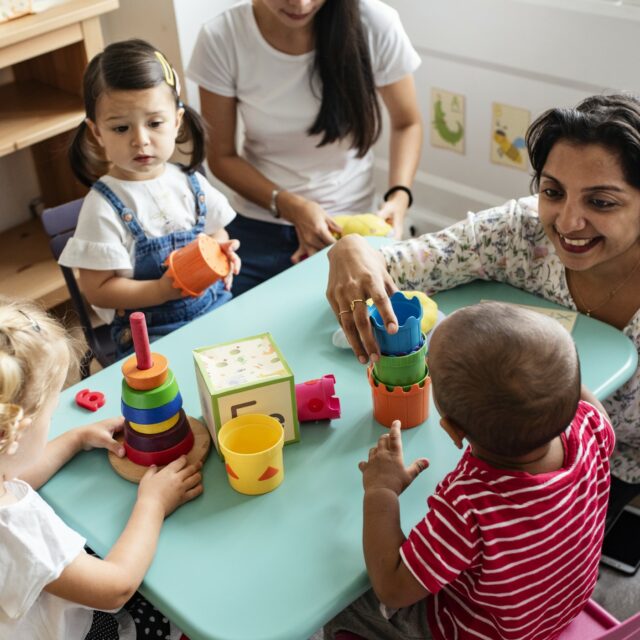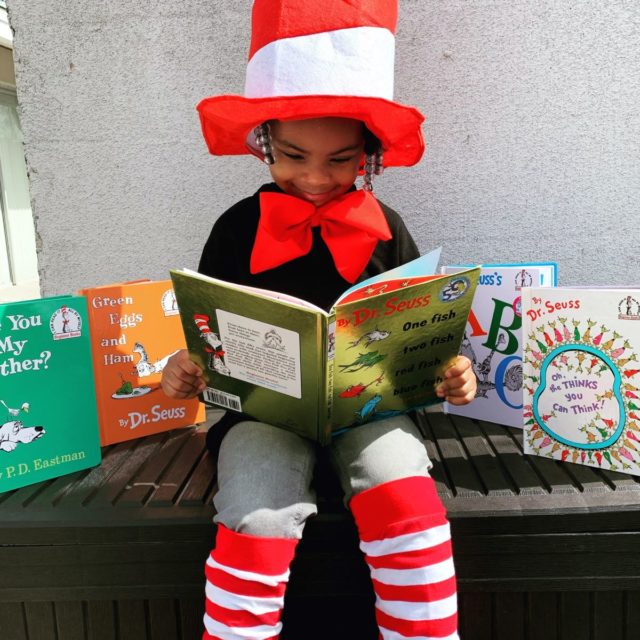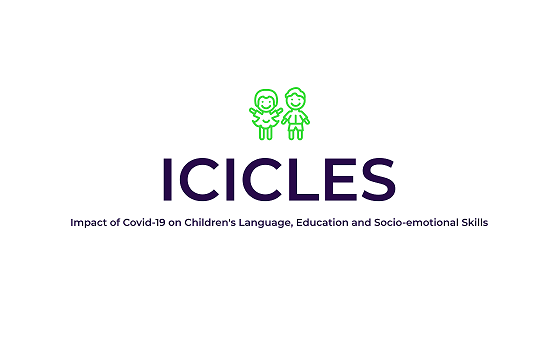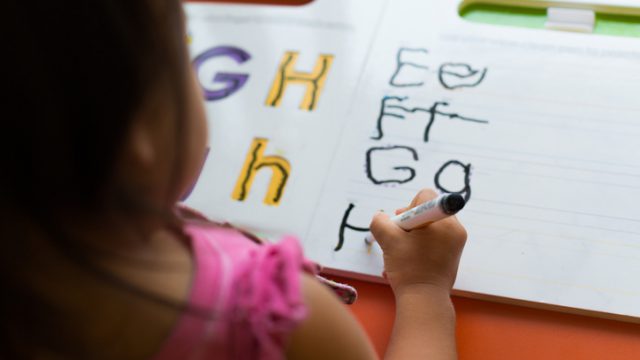Safeguarding the safeguards – A case for more support in schools
The Covid-19 pandemic has served to further highlight the vital contribution of schools in society, not just with respect to learning and education, but also the much broader role they play in children and young people’s lives.
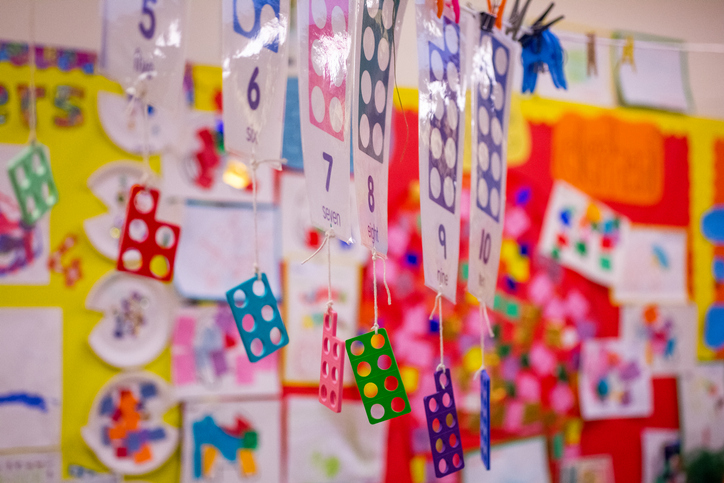
The Covid-19 pandemic has served to further highlight the vital contribution of schools in society, not just with respect to learning and education, but also the much broader role they play in children and young people’s lives.
One area in which schools have a critical role is safeguarding – indeed, schools have legal duties in respect to safeguarding and promoting the welfare of children and young people under the age of 18. Teachers and other school staff can play an important part in identifying children and families who may require help, and they can be well-placed to spot potential concerns early on. While all staff have a responsibility for safeguarding, schools are required to have a Designated Safeguarding Lead (DSL), who holds lead responsibility for safeguarding and child protection. While DSLs receive training, the role can involve making difficult decisions about vulnerable children in complex circumstances; and can be stressful for DSLs, as has previously been highlighted here. At the same time, pressures on social care services continue to increase, and there is a need to ensure that resources are used and prioritised in the most effective way.
These concerns inspired the creation of a programme, developed by Bolton Council, to provide regular, individual supervision sessions for DSLs, delivered by an experienced social worker. Through monthly sessions, the supervision aims to better support the DSLs in their role. The programme aims to improve knowledge and understanding of Children’s Social Care processes and issues among DSLs, resulting in reductions in inappropriate contacts to Children’s Social Care, and reducing DSL stress and anxiety. The programme has the potential therefore to bring benefits for DSLs and schools, as well as for children’s social care services, and ultimately, for the children and families they serve.
In new NIESR research published this week, and funded by What Works for Children’s Social Care, we report on our evaluation of the programme’s impact. This involved a randomised controlled trial (RCT), with 94 primary schools in Bolton randomly assigned to either receive the supervision sessions, or to receive support-as-usual.
The RCT focused on assessing impact in terms of the programme’s effect on reducing “inappropriate” contacts to children’s social care. To evaluate this, the trial uses data on contacts resulting in no further action. While this has its limitations, the underlying idea is that a fall in contacts leading to no further action can be used as a proxy for a fall in inappropriate contacts. The results show that schools assigned to receive the programme did not see any statistically significant difference in the proportion of pupils for whom contacts led to no further action, compared with schools that did not receive the programme. We also explored a range of other measures relating to contacts, referrals, and their resulting outcomes, but find no impacts that are statistically significant at conventional levels.
It’s worth exploring this in more depth to consider why. In fact, it is perhaps unsurprising that no statistically significant impact is seen on the outcomes considered; the intervention, and outcomes, were measured over a very short period of time. Furthermore, in many schools assigned to receive the programme, fewer sessions took place than originally intended. Why did this happen? In practice, it took longer than anticipated for sessions to begin, taking time to get schools on board, an important lesson for future similar evaluations. And while there were plans to continue the sessions for longer in response to the delayed start, the onset of the pandemic, and the subsequent first set of school closures, prevented this from happening.
The RCT was complemented by qualitative work, exploring experiences of participating DSLs and the supervising social worker. This indicated that DSLs receiving the programme welcomed the support this offered, with some reporting of increased confidence and improvements in mental wellbeing. However, this is based on a very small number of participants and may not be representative of all DSLs selected for the programme and should therefore be treated as tentative. This is something we will be exploring in greater detail in the follow-up trial of the programme in secondary schools.
So where does this leave us? The evaluation does not provide quantitative evidence of impact on the outcomes considered. It may be that impacts take longer to emerge, or only become apparent with a greater number of sessions. It also highlights some of the challenges in accurately measuring the goals of the programme – and the difficulties in how to capture a concept such as “inappropriate” contacts, for example, especially in a way that minimises data collection burdens for local authorities and schools. The findings do however add further weight to existing calls highlighting a need among DSLs for greater support in their role. Arguably, in the light of the pandemic, this need for support is only likely to increase.
Notes:
This blog post is based on findings from our evaluation of the Supervision of Designated Safeguarding Leads in primary schools in Bolton programme, funded by What Works for Children’s Social Care. The evaluation report is co-authored by Lucy Stokes, Richard Dorsett, Chiara Manzoni, Johnny Runge and Lei Xu.
